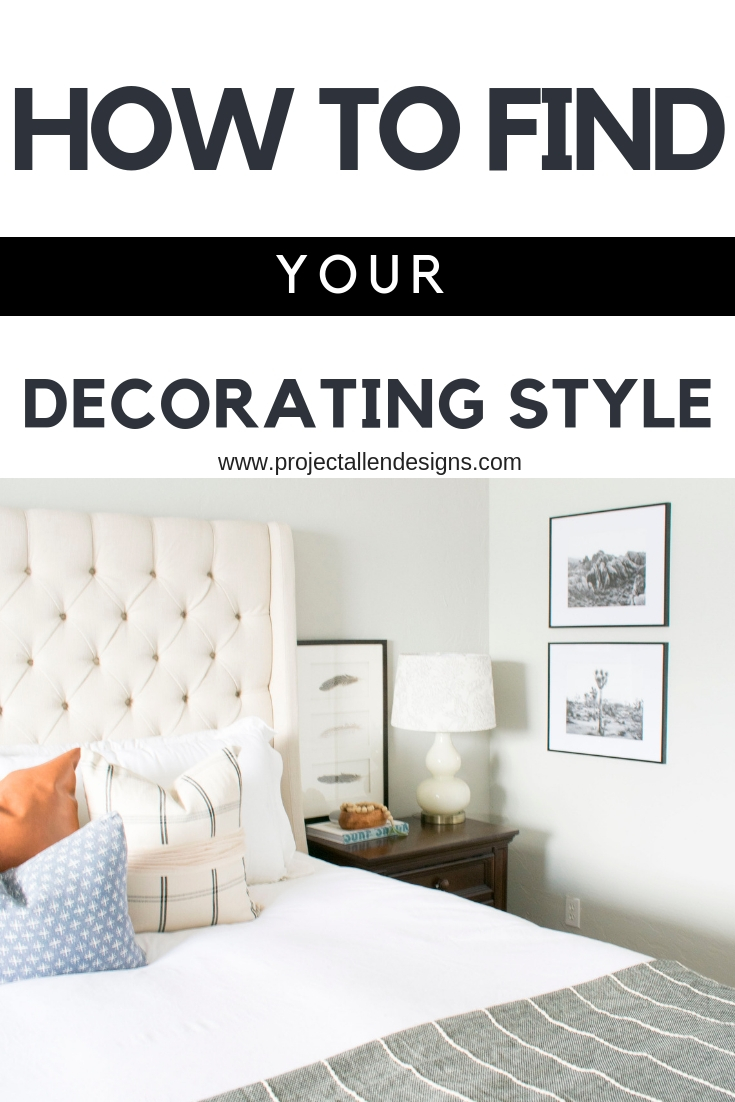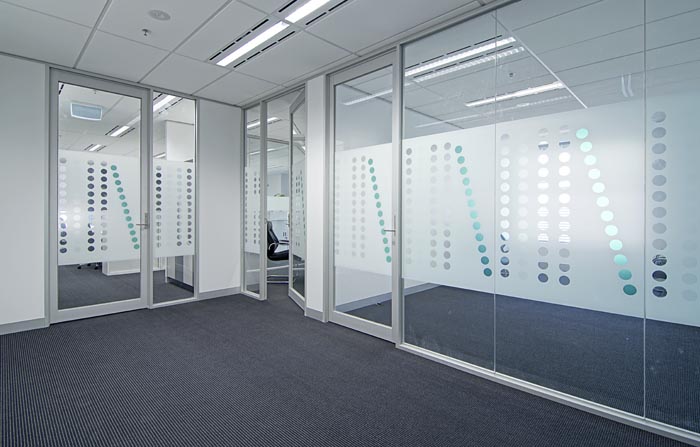Discover Your Decorating Style: Which One Are You?

Your home is more than just a place to live; it's a reflection of who you are, an expression of your personality and style. Understanding your decorating style can transform the way you approach your interior design, making the process more intuitive and enjoyable. With various styles available, from the traditional to the ultra-modern, it's an exploration into finding what resonates with you most. Let's dive into the world of decorating styles, identify the key characteristics, and help you discover which style best fits your taste.
Traditional Decor

Traditional decor epitomizes elegance and classic beauty. Here's what to look for:
- Rich Colors: Think of deep reds, blues, greens, and golds, often paired with neutral tones to create depth and warmth.
- Furniture: Typically made from wood like mahogany or cherry, with intricate detailing, carvings, and fabrics with damask or floral patterns.
- Fabrics and Textures: Velvet, silk, brocade, and other lush materials enhance the luxurious feel.
- Art: Classical paintings, antique mirrors, and ornate frames are common.
- Lighting: Look for chandeliers, wall sconces, and table lamps with intricate designs.
- Accessories: You'll see collections of china, crystal, silver, or brass objects.
🏡 Note: Traditional decor focuses on comfort and familiarity, creating a cozy, welcoming atmosphere. It's less about following current trends and more about embracing timeless elegance.
Modern Minimalist

If you're drawn to simplicity, clean lines, and functionality, Modern Minimalist might be your style:
- Color Palette: Predominantly white, black, and neutral tones with occasional pops of color for emphasis.
- Furniture: Sleek lines, often without curves, made from materials like steel, glass, or light wood.
- Form Follows Function: The focus is on space, not on excess decoration.
- Textures: While minimalist, there's still room for texture through rugs, textiles, or simple decorative items like vases or lamps.
- Art: Geometric patterns or single, impactful pieces are chosen.
- Decluttered Spaces: Every piece has a purpose; clutter is minimized.
🧹 Note: Minimalism doesn't mean sterile; it's about creating space where each item in the room is thoughtfully placed and has significance.
Rustic Farmhouse

The Rustic Farmhouse style brings the charm of the countryside into your home:
- Warm, Inviting Colors: Muted, earthy tones like greens, blues, browns, and creams.
- Furniture: Distressed wood, reclaimed lumber, or even salvaged pieces give that lived-in feel.
- Accents: Wicker baskets, barn doors, and vintage or handmade items like quilts or pottery.
- Textiles: Natural fibers, plaids, checks, and striped patterns.
- Lighting: Industrial or repurposed lighting like mason jar lights or lantern-style lamps.
- Open Shelving: Displaying collections of jars, books, or rustic décor.
🌾 Note: Rustic Farmhouse style encourages imperfections; it's about the warmth of age and the stories of everyday life.
Industrial Decor

For those who love the raw, urban vibe, Industrial Decor offers:
- Raw Materials: Exposed brick, concrete, metal, and wood with a gritty finish.
- Color Palette: Dominated by greys, blacks, and metallics, with occasional pops of muted colors.
- Furniture: Think metal, wood, or leather with visible screws or rivets.
- Lighting: Industrial or Edison bulbs, metal lighting fixtures with visible pipes or beams.
- Functional Décor: Metal carts, workbenches, or shelving units used decoratively.
- Textures: Rough surfaces, exposed ductwork, and visible beams or pipes.
🏭 Note: Industrial décor repurposes old factory or warehouse elements, creating a cool, raw look that's not polished but packed with character.
Mixing Styles

Perhaps you don't fit neatly into one category, and that's perfectly okay! Many people enjoy mixing styles to create a personalized space:
- Balancing Aesthetics: Combining elements from different styles to reflect your unique personality and tastes.
- Cohesive Flow: While mixing styles, ensure there's a unifying element, like color, texture, or theme, to create harmony.
- Statement Pieces: Use bold items from one style to make a statement while balancing with subtler pieces from another.
- Textures and Patterns: Integrate patterns or textures to smooth transitions between styles.
- Personal Touch: Remember, this isn't about following a trend but creating a home that feels truly yours.
In conclusion, discovering your decorating style is a journey of self-expression. Whether you lean towards the opulence of traditional décor, the clean simplicity of modern minimalism, the warm familiarity of a farmhouse, or the rugged charm of industrial aesthetics, your home should be a sanctuary that reflects your personality. With the freedom to mix and match or stay true to a single style, you can craft a living space that's uniquely you. Remember, your home evolves with you, and so might your decorating style. Enjoy this process of exploration and make your space a testament to your journey.
How can I determine my decorating style?

+
Explore different design magazines, websites, or TV shows. Pin or bookmark images that catch your eye. Over time, patterns in your choices will emerge, helping you identify your preferences.
Can I mix different decorating styles in one room?

+
Yes, you can! The key is balance. Use unifying elements like color or textures to ensure a cohesive look rather than a clash of styles.
Is decorating style permanent?

+
Absolutely not. Your style can evolve with your tastes, life changes, or even just for the fun of experimenting with new looks.